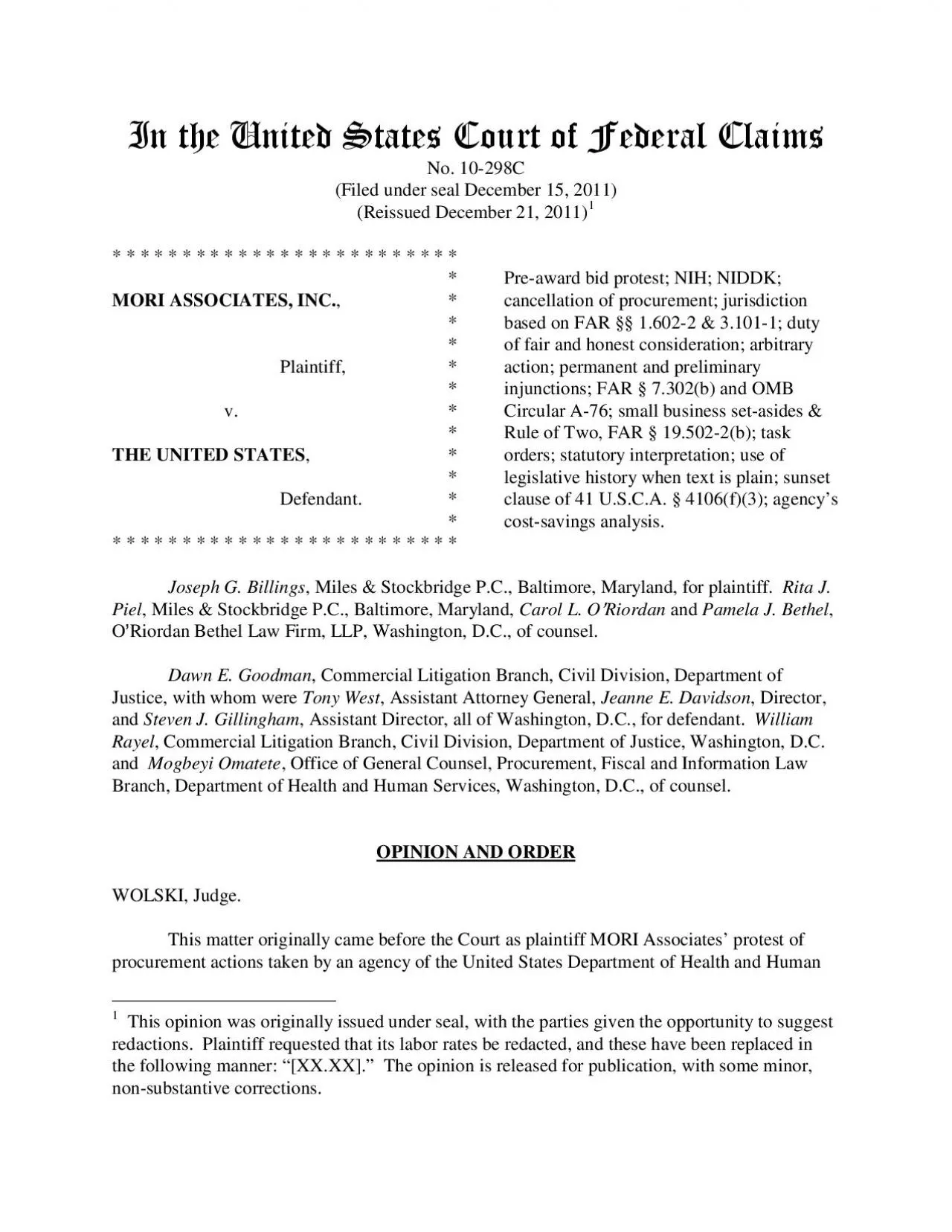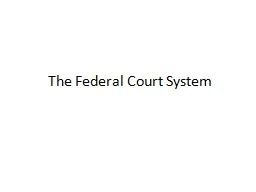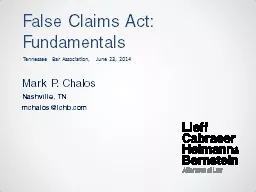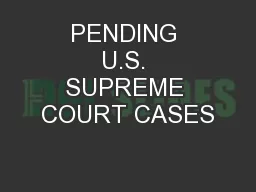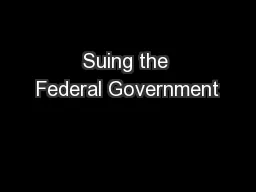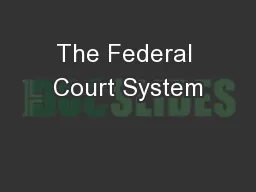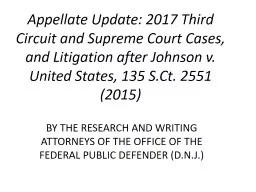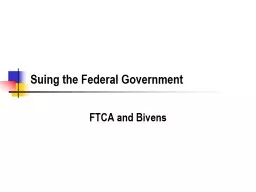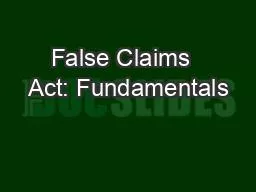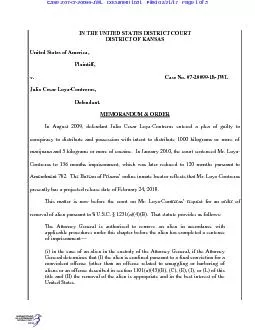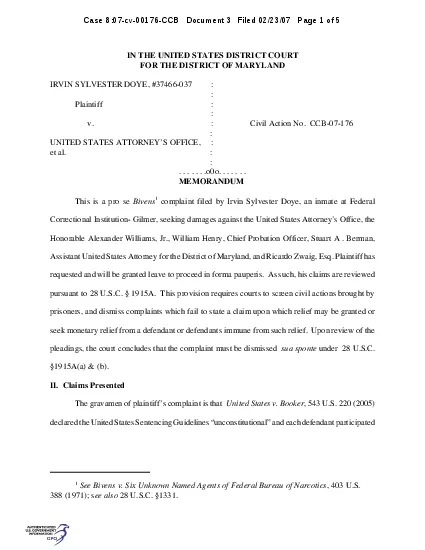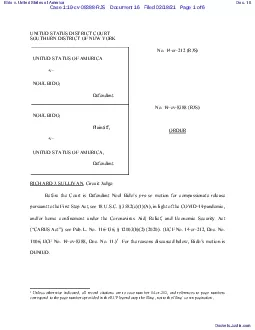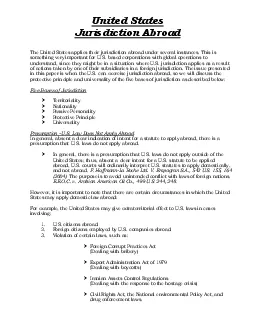PDF-In the United States Court of Federal Claims
Author : priscilla | Published Date : 2021-08-23
No Filed under seal Decber Reissued December 21 2011PreOPINION AND ORDERWOLSKI JudgeThis matter originally came before the Court as plaintiff MORI Associates146
Presentation Embed Code
Download Presentation
Download Presentation The PPT/PDF document "In the United States Court of Federal Cl..." is the property of its rightful owner. Permission is granted to download and print the materials on this website for personal, non-commercial use only, and to display it on your personal computer provided you do not modify the materials and that you retain all copyright notices contained in the materials. By downloading content from our website, you accept the terms of this agreement.
In the United States Court of Federal Claims: Transcript
Download Rules Of Document
"In the United States Court of Federal Claims"The content belongs to its owner. You may download and print it for personal use, without modification, and keep all copyright notices. By downloading, you agree to these terms.
Related Documents

